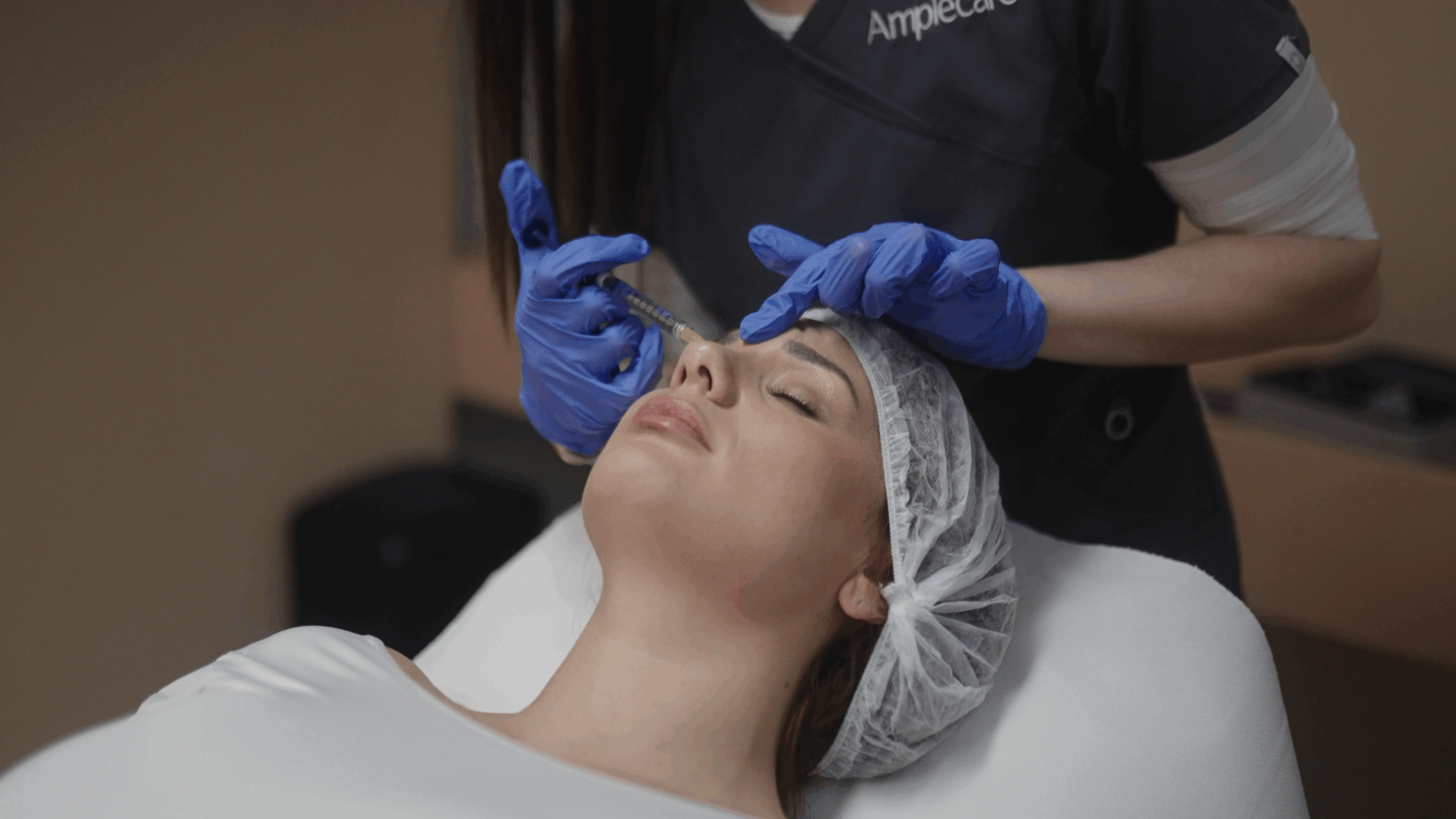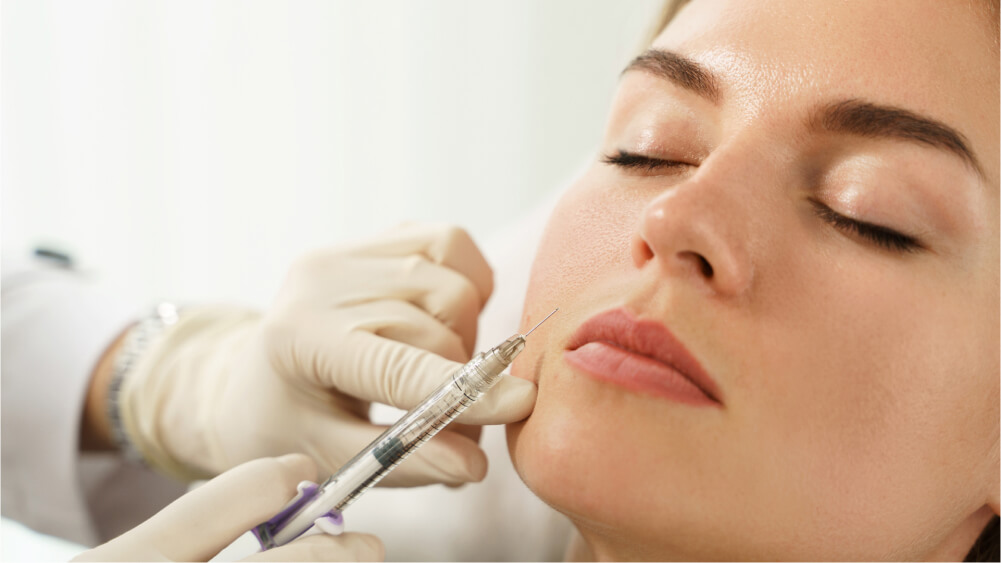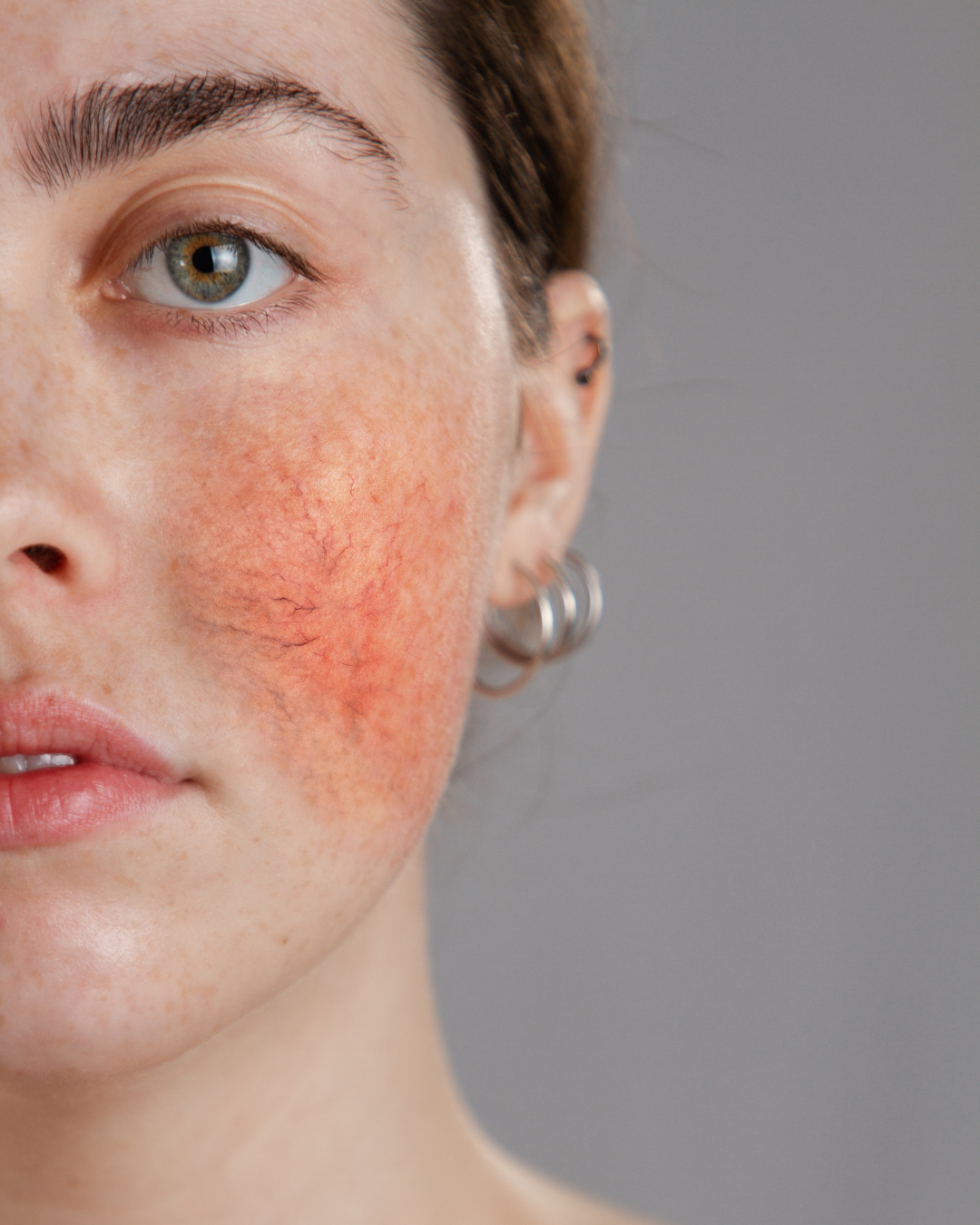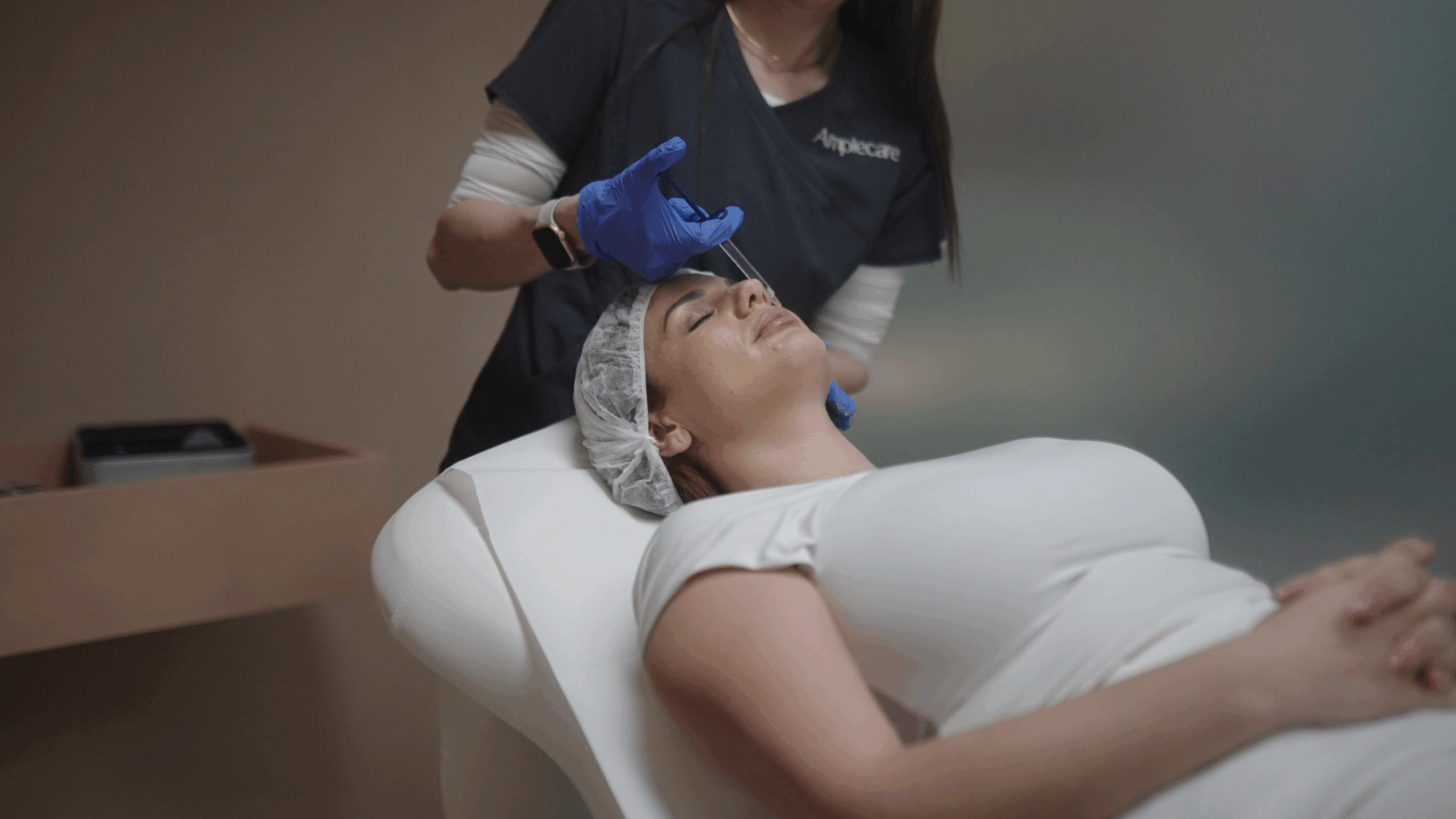What is an Anti-wrinkle treatment?
Anti-wrinkle treatment is an injectable procedure that uses botulinum toxin, a substance that temporarily blocks signals between nerves and muscles. When injected into targeted facial muscles, it relaxes them, helping to reduce the appearance of fine lines and wrinkles.
The beauty of anti-wrinkle treatment lies in its ability to create subtle, natural-looking enhancements. Instead of drastically changing your appearance, it smooths wrinkles and softens lines, leaving you with a refreshed and youthful look—without appearing “overdone.”
How does it work?
When you make facial expressions such as smiling or frowning, certain muscles contract and cause the skin to crease, leading to wrinkles over time. Botox temporarily relaxes these muscles, smoothing out wrinkles and giving your skin a refreshed, more youthful appearance.
Who is a Good Candidate for Anti-Wrinkle Treatment?
A good candidate for anti-wrinkle treatment is generally someone in good overall health who has specific concerns about facial wrinkles and lines, such as:
-
Moderate to Severe Wrinkles: Individuals with noticeable frown lines, crow’s feet, or forehead lines that they wish to reduce.
-
Preventative Treatment: Younger adults looking to proactively address early signs of aging or prevent the formation of future wrinkles.
-
Realistic Expectations: Those who understand that anti-wrinkle treatment provides temporary improvements and are aware that maintenance treatments may be needed to sustain results.
Desire for Non-Surgical Treatment
While commonly known for reducing wrinkles, anti-wrinkle treatment (Botox) has also been approved by the FDA for several medical uses beyond cosmetic purposes, including:
Migraine Treatment: Botox is approved for the preventive treatment of chronic migraines in adults. It works by blocking the release of certain chemicals involved in pain signaling, helping to reduce the frequency and severity of migraines. Injections are typically administered every 12 weeks around the head and neck to target specific trigger points associated with migraines.
Excessive Sweating (Hyperhidrosis): Botox can treat excessive sweating by blocking the nerve signals that stimulate sweat glands, reducing sweat production in areas such as the underarms, palms, and feet. The effects usually last several months, with repeat treatments needed to maintain results.
Bruxism (Teeth Grinding): Botox can help manage bruxism by relaxing the jaw muscles responsible for grinding and clenching. This can alleviate jaw pain, headaches, and tooth damage. Treatment typically involves injections into the masseter muscles, with effects lasting several months and requiring periodic maintenance.
It’s important to consult a qualified healthcare provider to determine whether anti-wrinkle treatment is appropriate for your needs. They can evaluate your symptoms, discuss potential benefits and risks, and create a personalized treatment plan tailored to you.
How Long Do Anti-Wrinkle Treatment Results Last?
The duration of anti-wrinkle treatment results can vary based on factors such as an individual’s metabolism, the area treated, and the dosage used. Generally, results last between 3 to 6 months. Since the effects are temporary, repeat treatments are usually needed to maintain a smooth, youthful appearance.
Who Should Avoid or Be Cautious with Anti-Wrinkle Treatment?
While anti-wrinkle treatment is generally safe for most people, certain individuals should avoid or take precautions before receiving injections. Consulting a qualified healthcare provider is essential to review your medical history and determine if treatment is suitable.
Pregnant or Breastfeeding Women:
The safety of anti-wrinkle treatment during pregnancy and breastfeeding has not been established. It is generally recommended to postpone treatment during these periods to minimize potential risks.
Allergy to Botulinum Toxin:
Individuals with a known allergy or sensitivity to botulinum toxin or any ingredients in the injection should not receive treatment.
Certain Medical Conditions:
People with neurological disorders such as ALS, myasthenia gravis, or Lambert-Eaton syndrome may face increased risks. Additionally, those with skin infections or inflammation at the injection site should wait until the condition resolves.
Medication Interactions:
Some medications, including certain antibiotics and muscle relaxants, may interact with treatment and increase the risk of side effects. Always inform your healthcare provider about all medications, supplements, and medical conditions before treatment.
Previous Adverse Reactions:
If you have experienced complications or adverse reactions from prior anti-wrinkle treatments, discuss these with your provider before proceeding.
Cosmetic Expectations:
Anti-wrinkle treatment provides subtle, natural enhancements. Individuals seeking dramatic or unrealistic changes may be better suited for alternative procedures.
Aftercare for Anti-Wrinkle Treatment
Following proper aftercare can help ensure optimal results and minimize potential side effects after your anti-wrinkle treatment. Here are some general guidelines:
-
Avoid Touching the Area: Do not rub, massage, or touch the treated area for 24–48 hours to prevent the product from spreading.
-
Stay Upright: Avoid lying down or bending over for several hours post-treatment.
-
Avoid Strenuous Activity: Refrain from heavy exercise or activities that increase blood flow to the face for 24–48 hours.
-
Skip Alcohol: Avoid alcohol for at least 24 hours, as it can increase the risk of bruising and swelling.
-
Use Ice Packs: Apply gently wrapped ice packs to reduce swelling or discomfort.
-
Protect from Sun: Avoid direct sunlight or tanning beds for 24–48 hours to reduce inflammation or pigmentation changes.
-
Avoid Blood Thinners: Refrain from aspirin, anti-inflammatory drugs, or other blood-thinning medications for a few days, if approved by your doctor.
-
Follow Up: Attend scheduled follow-up appointments to monitor results and address any concerns.
-
Gentle Skincare: Use mild skincare products and avoid exfoliants or harsh treatments on the area for at least a week.
-
Stay Hydrated: Drink plenty of water to support healing and maintain skin hydration.
Remember, individual recovery can vary. Always follow your healthcare provider’s specific instructions, and contact them if you have any questions or concerns about your treatment or results.











